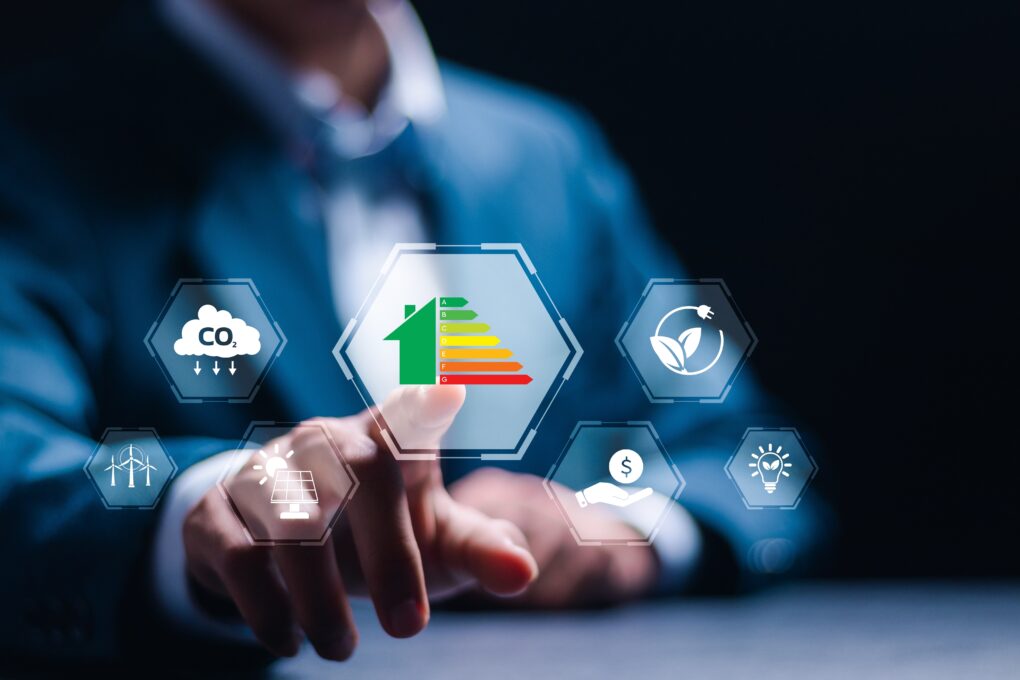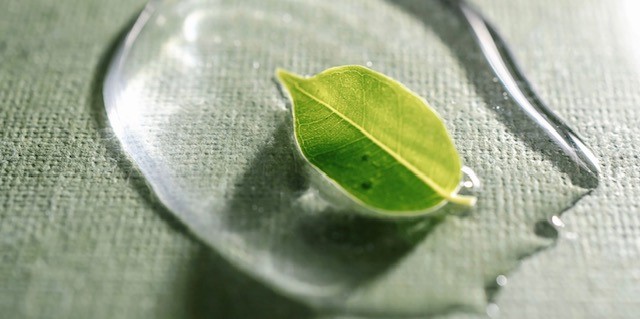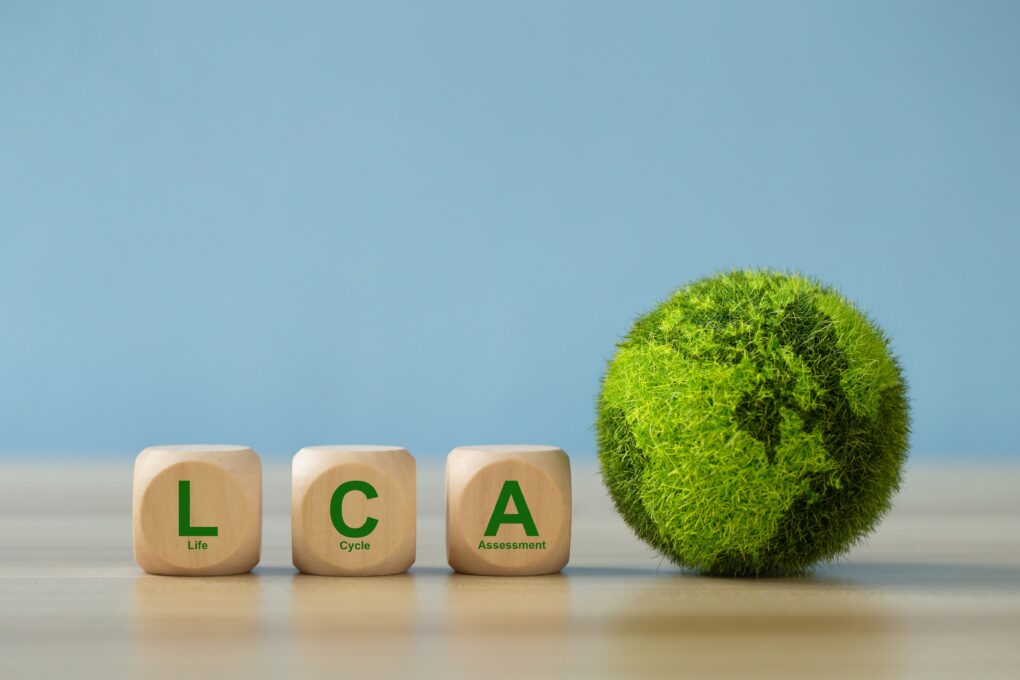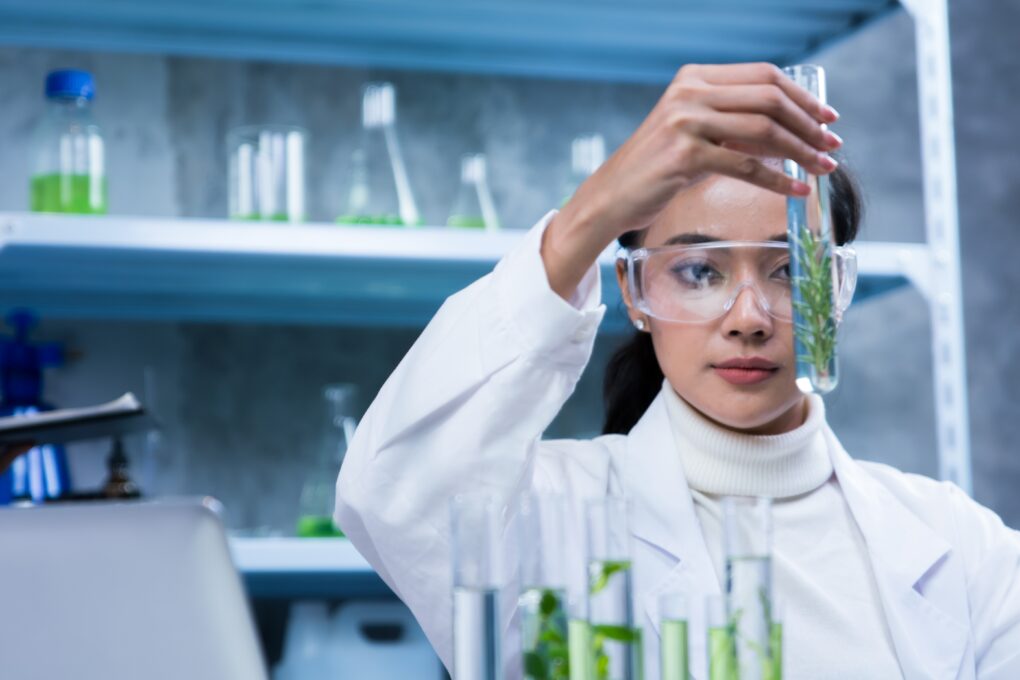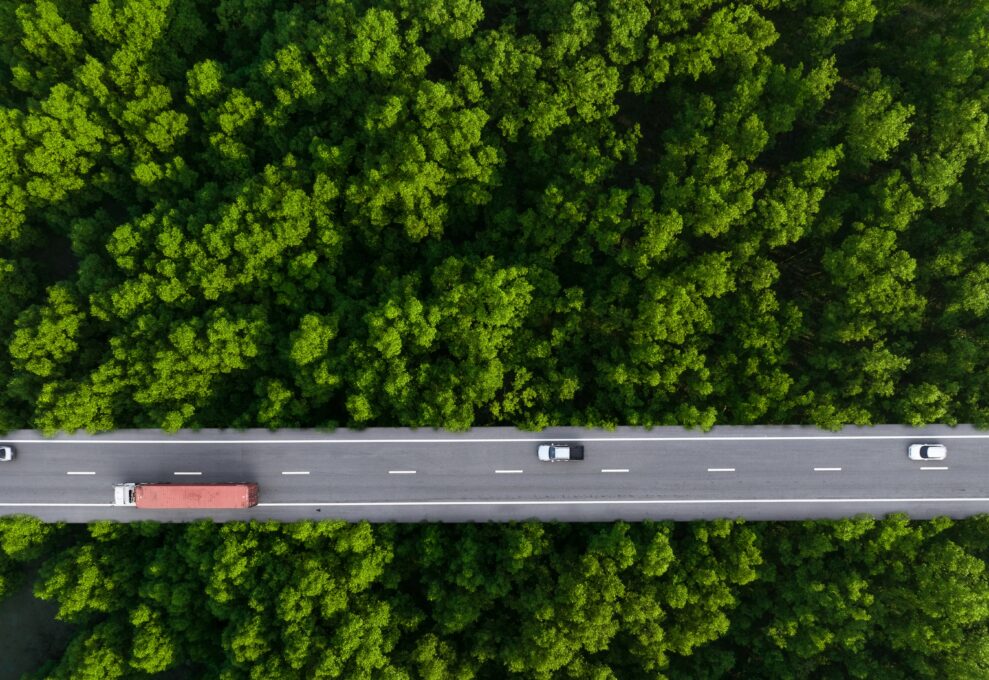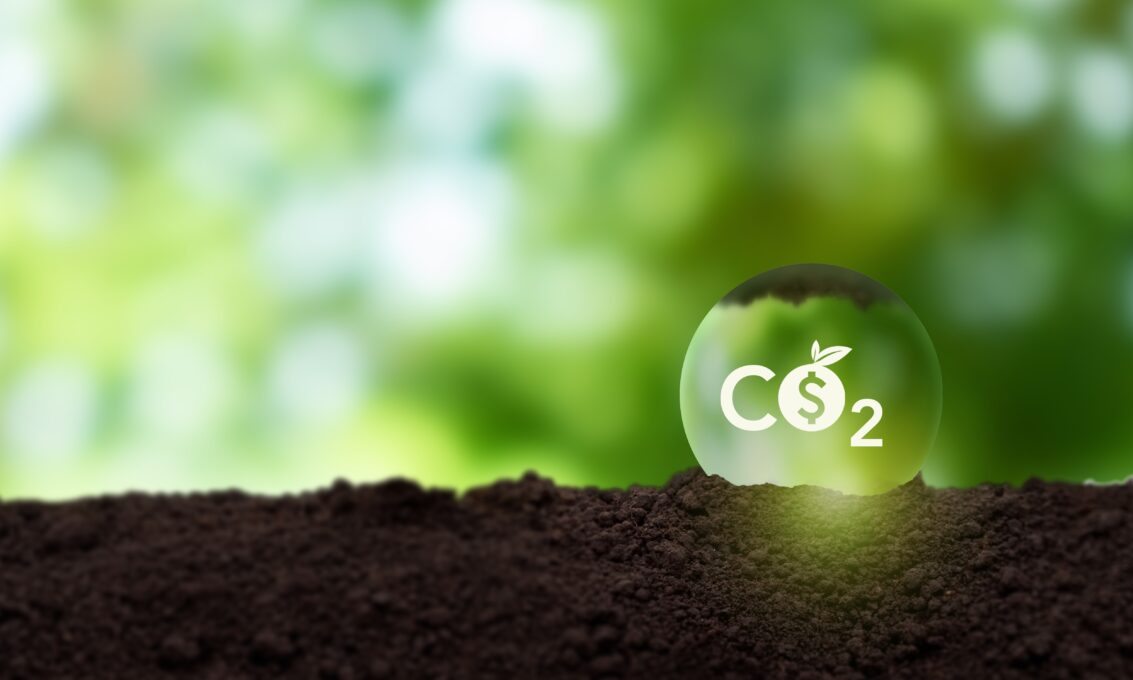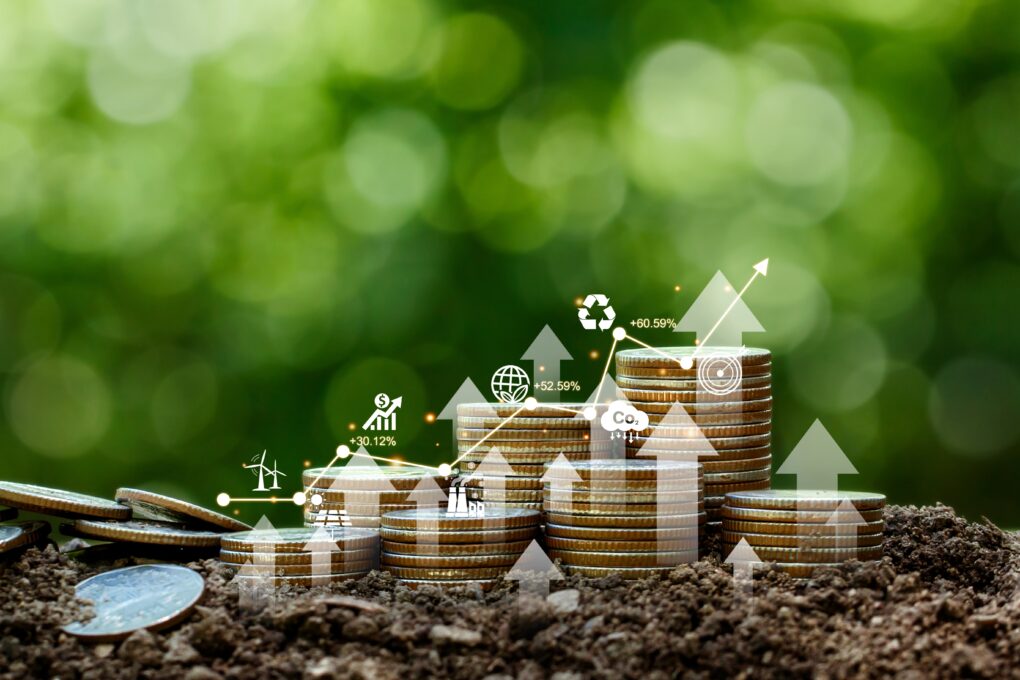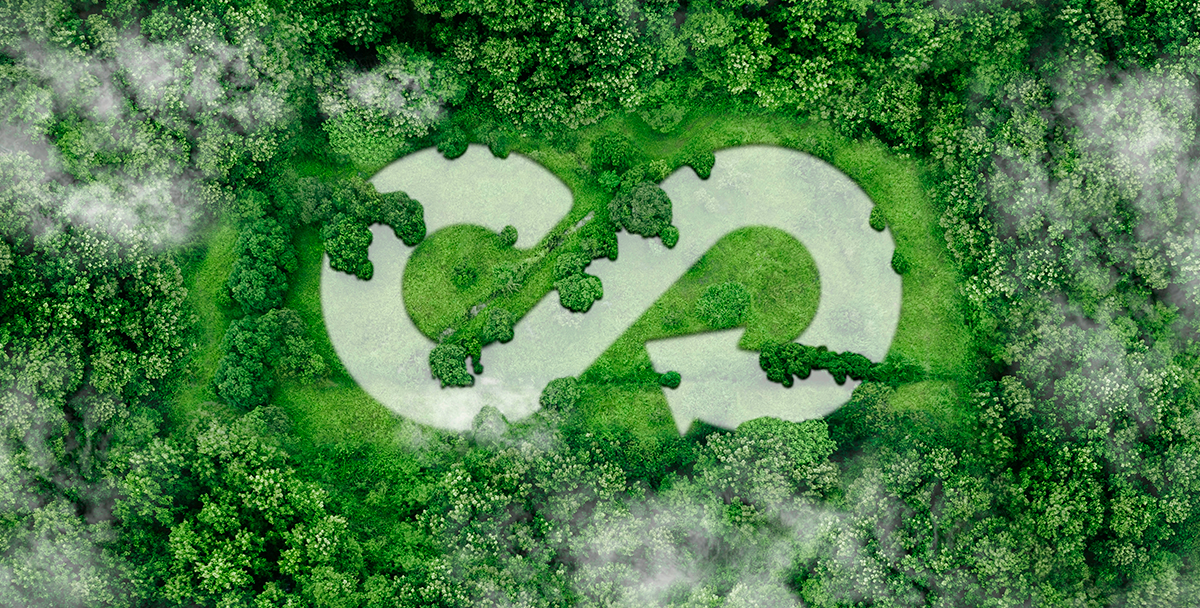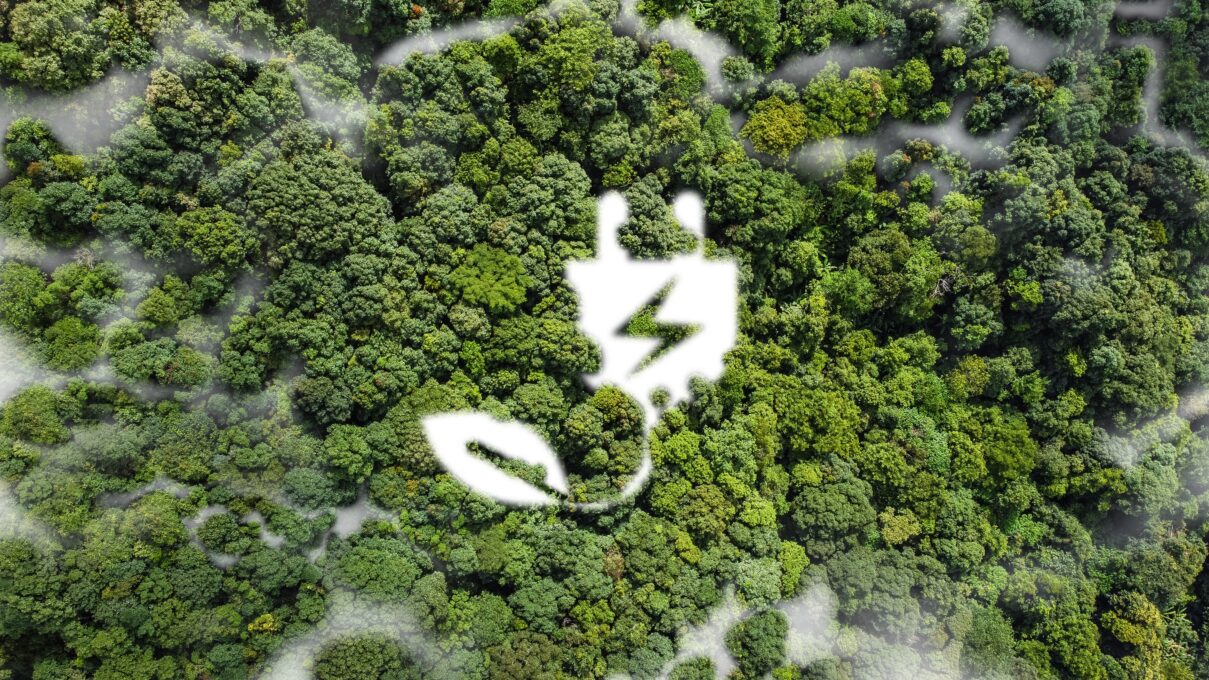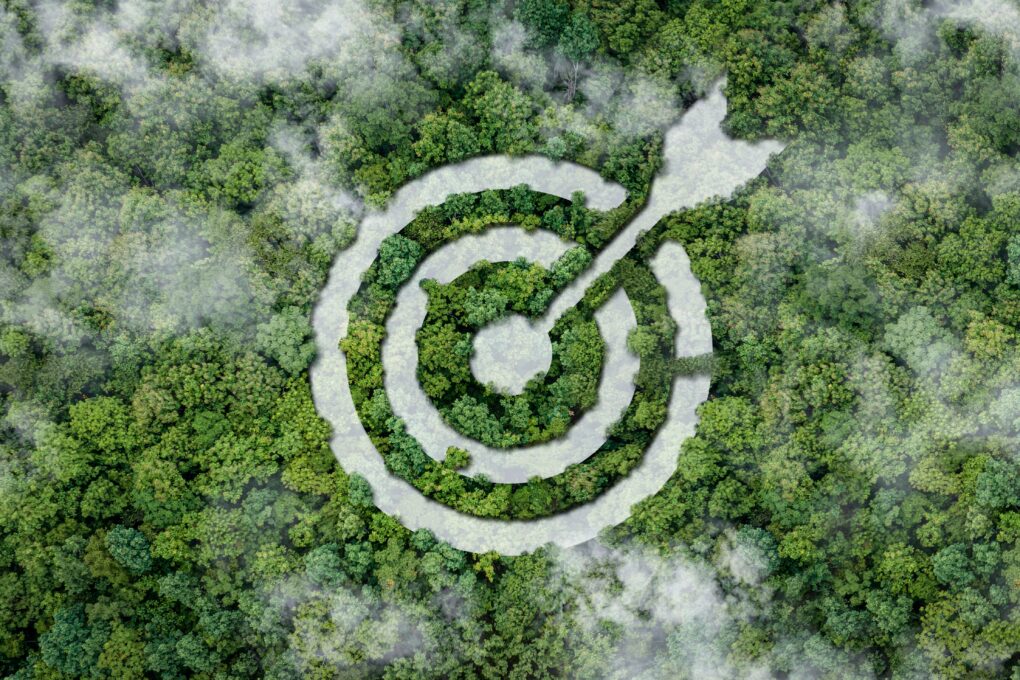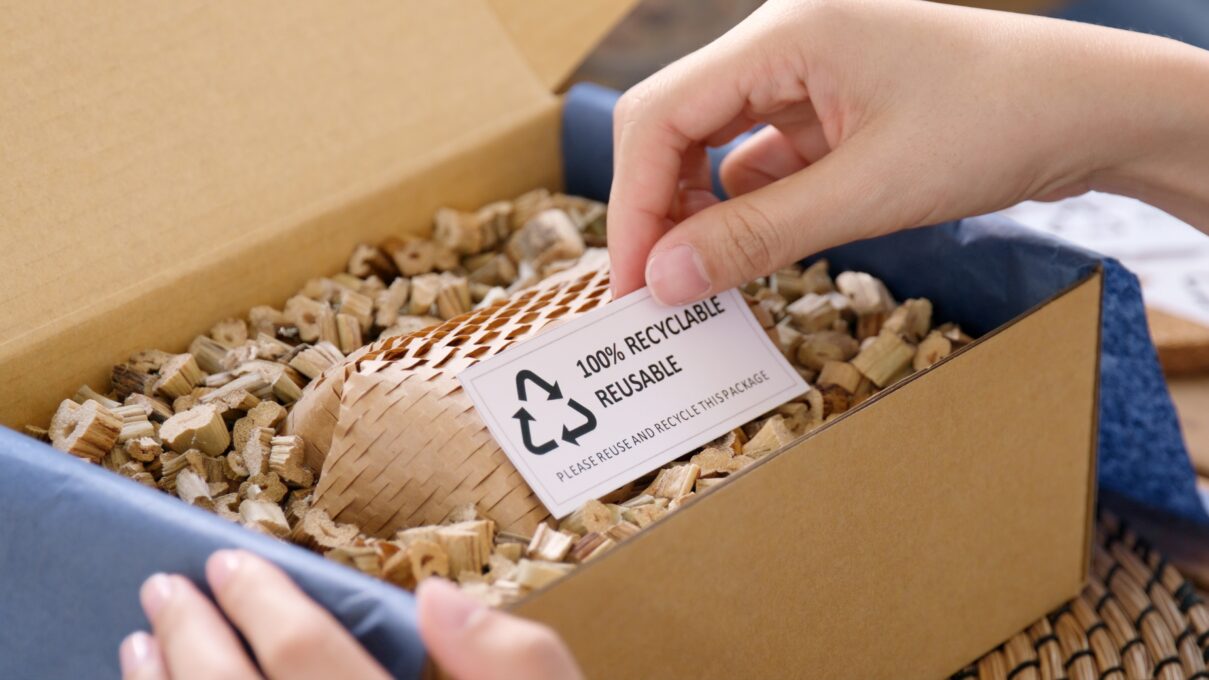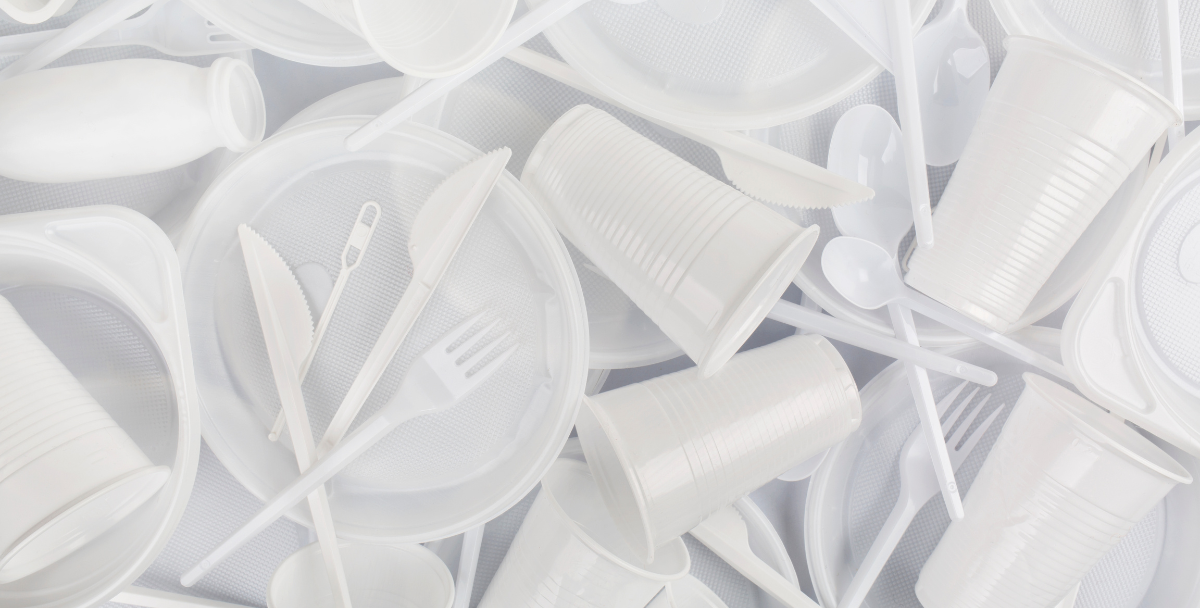Kinds of plastics, uses and how to recycle
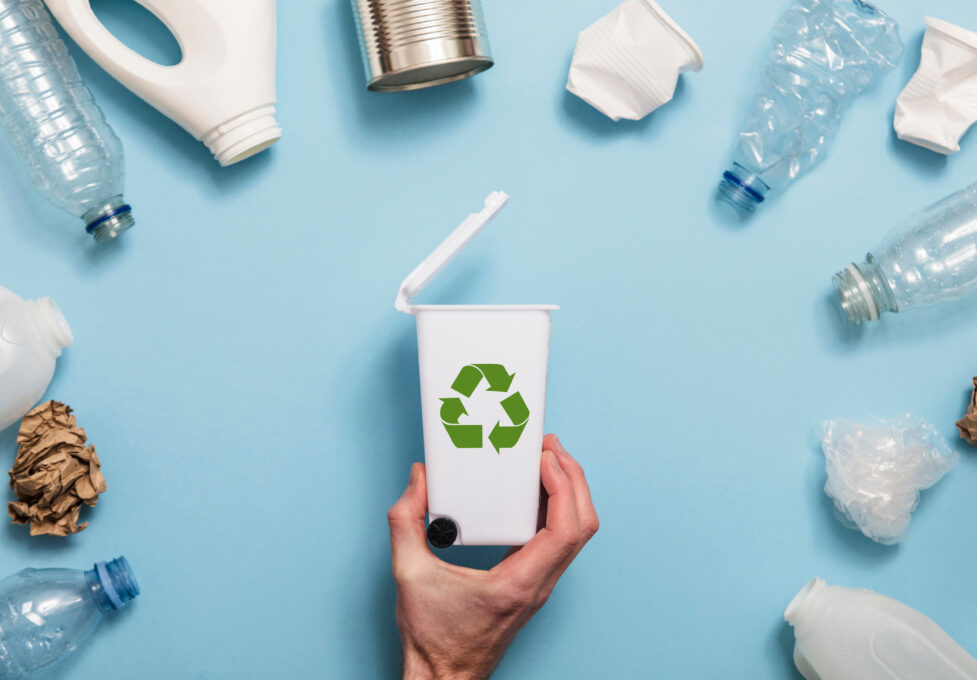
No matter where you look, plastics are everywhere. However, its widespread use comes with its challenges, and learning how to recycle kinds of plastics has become of utmost importance for businesses looking to reduce their carbon footprint, adopt sustainability practices, and manage waste more effectively. Let’s dive into the different types of plastics and their uses to understand their recyclability.
Types of plastics
Plastics are an essential part of daily life, but understanding the different types that exist is crucial to make the right decisions about their use, disposal, and recycling. Each plastic variety has unique properties, which determine its applications, safety, and recyclability:
Polyethylene terephthalate (PET or PETE)
Commonly known as PET or PETE, is one of the most widely used plastics in everyday products. You’ll often find it in water bottles, food containers, and mouthwash bottles. PET is lightweight, clear, and durable, making it ideal for packaging food and beverages. One of its key benefits is that it is highly recyclable. In fact, PET is one of the easiest plastics to recycle, and it can be processed into a variety of new products like carpets, clothing fibers, and even new bottles. However, it’s important to avoid exposing PET to heat, as this can cause chemicals to leach out over time.
High-density polyethylene (HDPE)
This type of plastic is known for its durability and strength. But, where is it used? It is widely used in items like milk jugs, shampoo bottles, and various cleaning product containers. Besides, HDPE is used for toys and outdoor products because of its ability to withstand both high and low temperatures. In terms of recycling, HDPE is highly accepted in most recycling programs and is frequently processed into new products like park benches, picnic tables, and plastic lumber. Its safety for food storage and reusability make it one of the most common and valuable plastics in recycling.
Polyvinyl chloride (PVC)
The most striking characteristic of this plastic is its versatility used in a wide range of products: plumbing pipes, vinyl flooring and even medical equipment. PVC starts off as a rigid material but can become flexible when plasticizers are added. Despite its versatility, PVC is not commonly recycled due to the chemicals it can release, which pose risks to human health. As a consequence, specialized recycling programs are required to handle PVC, where it is sometimes repurposed into items like flooring, paneling, and guttering systems.
Low-density polyethylene (LDPE)
Plastic bags, food wraps, and squeeze bottles, they are all usually made with low-density polyethylene. Its simple structure makes it perfect for production, but it’s not as widely accepted for recycling as other plastics. Nevertheless, recycling programs are increasingly starting to accept LDPE, and when it is recycled, it is often transformed into products like garbage cans, paneling, furniture, and bubble wrap. Though recycling LDPE is less common, its safe use in food packaging and household products highlights its importance.
Polypropylene (PP)
Have you ever wondered what type of plastic is needed to produce heat-resistant items? That’s polypropylene, which is very strong and can be found in products like tupperware, car parts, yogurt containers, and even disposable diapers. It’s durable and safe for food storage, but unfortunately, it is often discarded rather than recycled. When PP is recycled, it can be turned into heavy-duty products like pallets, ice scrapers, and battery cables. Many recycling programs do accept PP, but its recycling rate remains lower than that of other plastics, despite its potential for reuse.
Polystyrene (PS or Styrofoam)
You have probably used Styrofoam several times this month since it’s widely used for products like disposable cups, packing materials, egg cartons, and disposable cutlery. It is a cheap, lightweight material that is easy to produce, but it has significant downsides. Polystyrene is difficult to recycle and often ends up in landfills, where it can take hundreds of years to decompose. Even though some specialized recycling programs can process PS into insulation materials or school supplies, its recyclability is limited.
Other plastics (code #7)
Plastics labeled with recycling code #7 include a variety of materials not covered by the other categories. These include various plastics like nylon, compact discs, sunglasses, and even certain baby bottles. Many of these plastics contain chemicals like BPA. Due to their complex chemical structure, these plastics are extremely difficult to recycle. When they are recycled, it’s usually into specialized products like plastic lumber.

How to recycle kinds of plastics
To understand how to recycle kinds of plastics effectively, it’s essential to start with sorting. That is: separating them according to their resin type, indicated by the recycling code (numbers 1 through 7) found on most plastic products. These codes are crucial because they help recycling facilities identify the specific type of plastic and determine how it should be processed. But, how is sorting done? It can be done manually or through automated systems that use advanced technologies like sensors to distinguish between different plastics. Once sorted, plastics can be recycled through two primary methods:
Mechanical recycling
In this process, plastics are cleaned, ground into small pieces, and then melted down to form new products. The recycled material is often used to create items like containers, clothing fibers, and building materials. While this method is efficient, the recycled plastic often degrades in quality over time, limiting the number of times it can be recycled.
Chemical recycling
This method involves breaking down the plastic into its basic building blocks, or monomers, through a chemical process. These monomers can then be reformed into new polymers, which are essentially new plastics. Chemical recycling has the advantage of creating high-quality plastic that can be reused multiple times without degrading, but it’s less common due to its complexity and higher cost compared to mechanical recycling.
What plastics can and can’t be recycled?
Not all plastics are created equal when it comes to recyclability. Some plastics are easily recycled, while others require specialized facilities or are too difficult to recycle altogether. Understanding how to recycle kinds of plastics properly can help manage this challenge and improve recycling outcomes:
Commonly recycled plastics
Plastics like PET (#1), HDPE (#2), and PP (#5) are the easiest to recycle and are widely accepted by most curbside recycling programs. These plastics are used in everyday products such as water bottles, milk jugs, and food containers. Because of their widespread use and relatively simple recycling process, they are among the most commonly processed plastics in recycling facilities.
Somewhat recyclable plastics
This group includes plastics such as PVC (#3), LDPE (#4), and PS (#6) that are recyclable but often require more specialized recycling facilities due to their chemical properties. Understanding how to recycle kinds of plastics like these is crucial because, for example, PVC is used in products like pipes and vinyl flooring but contains chemicals that make recycling challenging. LDPE is frequently used in plastic bags and food wraps, and while more programs are starting to accept it, recycling it still presents difficulties. PS, or Styrofoam, is found in disposable cups and packaging materials, but its recycling rate is low because of its lightweight structure and the fact that it often breaks into small, hard-to-collect pieces.
Hard-to-recycle plastics
Some plastics are incredibly difficult to recycle, such as cling film, salad bags, and plastic wrap. Their thin structure and chemical composition make it hard for recycling machinery to process them without causing jams or contamination. Additionally, thermoset plastics, which don’t melt when heated, are generally non-recyclable. These plastics are used in products like electronics and car parts, where their durability is a benefit but their recyclability becomes a challenge.
Recycling: the way to resource conservation
Understanding how to recycle kinds of plastics is essential for effective waste management and environmental protection. As we’ve seen, each plastic type has specific characteristics that influence its recycling process and potential for reuse. Through sorting plastics according to their resin codes and choosing appropriate recycling methods, we can contribute to reducing waste and saving resources.

